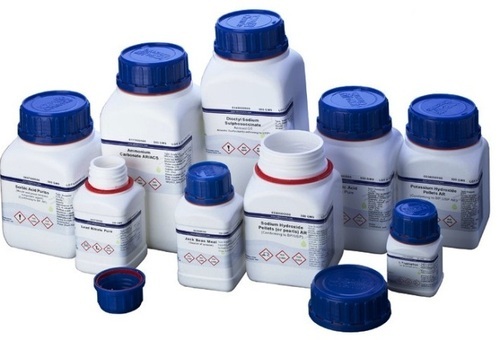Introduction
Acetyl chloride is a versatile organic compound used in various chemical reactions and industrial processes. It’s an essential reagent in the synthesis of many organic compounds, including pharmaceuticals, plastics, and pesticides. In this blog post, we’ll explore how to prepare acetyl chloride by heating acetic acid with specific reagents, with a focus on using thionyl chloride due to its advantages in minimizing byproduct formation.
Understanding Acetyl Chloride
Before delving into the preparation method, let’s briefly understand what acetyl chloride is. Acetyl chloride, chemically represented as CH3COCl, is an acyl chloride with a pungent odor and is highly reactive. It’s a colorless liquid at room temperature and is prone to hydrolysis in the presence of moisture. This reactivity makes it a valuable compound in various chemical reactions.
Methods of Preparation
Acetyl chloride can be prepared by several methods, but one of the most common and efficient methods involves the reaction of acetic acid with specific reagents. The three primary reagents used for this purpose are phosphorous trichloride, phosphorus pentachloride, and thionyl chloride. Among these, thionyl chloride is often preferred due to its benefits in minimizing byproduct formation.
Here’s a step-by-step guide on how to prepare acetyl chloride using thionyl chloride:
Materials Required:
- Acetic acid (CH3COOH)
- Thionyl chloride (SOCl2)
- Distillation apparatus
- Cooling system
- Safety equipment (gloves, safety goggles, lab coat)
Procedure:
- Safety Precautions: Always perform this procedure in a well-ventilated laboratory with appropriate safety equipment and under the guidance of a trained chemist.
- Set Up Distillation Apparatus: Assemble the distillation apparatus, ensuring it’s clean and in proper working condition.
- Mixing the Reagents: In a round-bottom flask, combine one mole of acetic acid (CH3COOH) with one mole of thionyl chloride (SOCl2). Ensure that the reagents are dry, as moisture can interfere with the reaction.
- Heating and Distillation: Heat the mixture gently using a controlled heat source. As the reaction proceeds, acetyl chloride will be formed, and it will vaporize. The byproducts formed during the reaction are sulfur dioxide (SO2) and hydrogen chloride (HCl), both of which are in gaseous form and easily separated.
- Collecting Acetyl Chloride: Condense the vapor using a cooling system and collect the resulting acetyl chloride as a colorless liquid in a separate receiving flask.
- Purification: It’s essential to purify the collected acetyl chloride, as it may contain impurities. This can be achieved through distillation or other purification methods.
Conclusion
Acetyl chloride is a valuable compound in organic synthesis, and its preparation method using thionyl chloride offers several advantages, primarily in minimizing byproduct formation. When handling these chemicals, safety precautions are of utmost importance. This guide provides a fundamental understanding of how to prepare acetyl chloride, but always consult specific protocols and follow lab safety guidelines when conducting chemical reactions.

